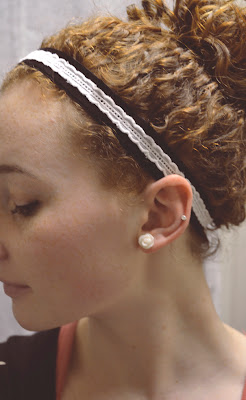Can you stand the sound of fingernails scraping on a blackboard?
May 11, 2021 · Spanish speakers say they feel grima when they hear the sound of fingernails on a blackboard, or a knife scratching a plate. Now psychologists are suggesting it should be considered as distinct from other emotions. …. The people most frequently mentioned an “unpleasant sensation”, “shivering”, “sounds” and “repulsion”.
What is the onychodermal band on your nails?
There's now a word for nails on a blackboard - but it's not in English ... Hygge is the cosy feeling associated with sitting around a fire in the winter ... That panicky hesitation just before you ...
What is the nail bed?
Dec 06, 2016 · Fingernails on a chalkboard: Why this sound gives you the shivers By Laura Geggel published 6 December 16 Most people can't stand the sound of fingernails scraping across a …
What is the Blue part of the nail called?
That automatic cringe response now has a name: “Grima”. It turns out, the Spanish had a word for it all along, and psychologists are suggesting it should be considered its own distinct emotion.

What is the sound of nails on a chalkboard called?
You might not have heard of "grima", but you have almost certainly felt it. It's a word to describe the feeling we get when we hear the sound of fingernails on a chalkboard, or a knife scratching a plate.Mar 2, 2017
Why do nails on a chalkboard make me shiver?
The findings suggest that the fingernail-chalkboard sound triggers an uptick in communication between a region of the brain involved in hearing and another region of the brain involved in emotions.Dec 6, 2016
What is Grima?
Discussion. Grima is predominantly generated by high-pitched and squeaking noises. In fact, noises and squeaking, as well as scratching or touching with fingernails and scratching or touching of surfaces were exclusively mentioned as features of grima.Feb 3, 2017
Why do certain sounds make you cringe?
Brain imaging shows that when we hear an unpleasant noise, the amygdala (active in processing emotions) adjusts the response of the auditory cortex (part of the brain that processes sound) which heightens activity and triggers a negative emotional reaction.Oct 11, 2012
What causes Grima?
But although grima is most often associated with sounds, some participants said grima was triggered by the feel of certain objects – as foam rubber does for Schweiger. Some were objects associated with loud noises, but others were objects that don't make noise, such as cork, velvet or sponges.Feb 28, 2017
What is Onychotillomania?
Onychotillomania is a psychodermatosis that results from self-induced repeated trauma to the nail unit. It is characterized by the neurotic and irresistible urge to pick at, pull out, or harmfully bite or injure the nail(s). Multiple psychological factors can be involved.
What is Phonophobia?
Phonophobia is defined as a persistent, abnormal, and unwarranted fear of sound.
What is the phobia of scratching noises?
What is misophonia? Repeated noises like chewing, pen tapping, sniffling, or scratching can cause annoyance and frustration for anyone. But for people living with a condition called misophonia, originally known as selective sound sensitivity syndrome, these noises are more than just bothersome.Sep 10, 2021
Is Misophonia an anxiety disorder?
Preliminary research demonstrates that misophonia and anxiety are two separate disorders. However, the two conditions certainly interact (Cavanna & Seri, 2015). Both misophonia and anxiety tap into the same neurophysiological systems.Jul 3, 2017
Is misophonia real?
Nonetheless, misophonia is a real disorder and one that seriously compromises functioning, socializing, and ultimately mental health. Misophonia usually appears around age 12, and likely affects more people than we realize.Apr 21, 2017
Is misophonia a form of autism?
Intriguingly, misophonic symptoms and sensory over-responsivity have been recently documented in the context of pediatric obsessive-compulsive disorder,16–18 as well as a number of neurodevelopmental conditions, including attention-deficit hyperactivity disorder, autistic spectrum disorder, and Fragile X syndrome.Aug 18, 2015
What sound does a camera make?
We will also look into why cameras make such clicking sounds, and how the technology is changing the build of cameras thus gradually lessening the noise. DSLRs make a clicking noise because they operate using a mechanical shutter; the mirror claps twice and back to its original position after every shot.Aug 18, 2020
Popular Posts:
- 1. how to see hidden grades on blackboard reddit
- 2. blackboard reviews
- 3. https://u blackboard
- 4. fixing font and color of blackboard learn
- 5. how to find you other classmates on uofr blackboard
- 6. how to export rubric blackboard
- 7. blackboard video tracking
- 8. removing magic marker ink from quartet blackboard
- 9. how do i import a blackboard course to another one
- 10. converting .webarchive blackboard to pdf on a pc